The circuit is a constant current circuit which charges the capacitor C1. The C1 is periodically discharged through a resistor which is not shown in the image. During discharging, the constant current circuit is isolated (through a mux, not shown in figure).

Here is my understanding.
The capacitor C1 is assumed to be discharged in the beginning.Also, Q1 is assumed to be off.
The negative terminal of opamp now sees 10 V at it hence, the output of opamp goes to 0V. This turns on Q1. So, the current through C1 is through R1, which is 240 uA.
My present question is why i am unable to find the ramping voltage across C1?
It is tied to 5 V from the point at t = 0.
Edit: able to see the ramp. But, unable to understand how it stops at 5 V?
